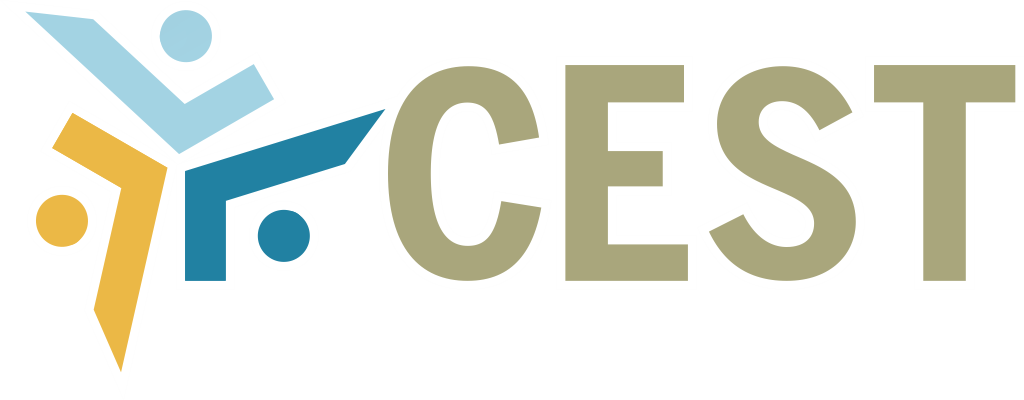– September 12, 2018 –
Mario Magalhães is an engineer from the Polytechnic School of the University of São Paulo and an expert in Electronic Media for Conflict Resolution. Magalhães was interviewed in September 2018. In his interview, Magalhães talked about the challenges, advances, advantages, and disadvantages of conflict resolution by electronic media.

What has changed in the processes of negotiation and conflict resolution since 2016 when the I Seminar on “Electronic Media for Conflict Resolution” was held?
In many ways, electronic media for conflict resolution has been adopted by hundreds of companies and have influenced or solved conflicts for thousands – literally thousands – of people. Growth has been below the line of sight of the great media, but it is a movement motivated by both companies and consumers. Everyone realizes the benefits of these media: lower costs, shorter deadlines, and more appropriate solutions.
But we still lack numbers, regular statistics which are recognized by everyone to hold the perception openly. It is not important for companies to expose that they have had problems, even if these problems have already been solved. Solution providers are not interested in exposing their client company problems to the consumer, and the companies are not interested in revealing anything for statistical or historical purposes.
Are the challenges faced at that time still the same?
Somehow, they remained, but in fact, they evolved. It is still necessary for each company to understand how to bring the most appropriate conflict resolution solutions to their internal processes. There isn´t a solution that works equally for everyone. It should be taken into consideration the cultures of the companies and their client /consumer.
How are the negotiations done today? What are the most used electronic media?
Thousands of negotiations or conflicts are solved. The number of solutions varies from fully automatic (the consumer negotiates with a machine); the consumer and company negotiating in virtual environments, (both have to be online), and text solutions with both online, or offline/asynchronous that is each one responding according to his convenience of time and location.
Is technology already seen as a piece of a structural response for a negotiation and conflict resolution, and for adequate access to the Brazilian justice by all the citizens?
There is still a lot of reaction and strangeness to the process. The necessary legal framework is available in Brazil, but the public, lawyers, and companies are not yet familiar with it. The new always creates discomfort.
How has Brazil advanced in the search for negotiated solutions to conflicts through electronic media?
Like everything that involves the judiciary in Brazil, slowly, it is, as they say, “a battle uphill” to make a cultural change.
How are negotiations being conducted when private initiative questions government decisions?
The whole process of negotiation, mediation, and arbitration is defined and is carried out within the Brazilian legal framework and preserves the mechanisms of defense and contradiction. I would like to see all issues brought to justice as those in which companies exercise these mechanisms and all day-to-day cases to be solved by negotiations.
How has the integration of justice with Online Conflict Resolution platforms been advancing in modern times?
There is an effort by the judiciary to automate its processes and the legal process itself and to recognize and integrate with negotiated solutions. But the size, complexity, and non-standardization of solutions (sometimes necessary, depending on the region) make this evolution difficult. The efforts of the National Council of Justice, such as ‘Conciliar is legal’ are quite positive. Class entities, such as OAB, also understand this need.
There are several methods of conflict resolution: mediation, conciliation, arbitration, and negotiation. It would be interesting to discuss the difference between these methods and how much the digital media impact on the resolution of each one of them.
The variations are interesting, mainly in the use of technology. The book from Conflict to Agreement in the Digital Era – Electronic Media for Conflict Resolution by Eckschmidt, Muhr & Magalhães (in its second edition) explores these models, applications, and impacts in detail.
What are the main advantages of digital conflict resolution?
The three main advantages are convenience (of the process and the result), costs and deadlines.
In your opinion, is there any disadvantage or impossibility for a conflict resolution being carried out by digital media?
I have strong restrictions on digital processes that involve the risk of death, for example, releasing medications or medical procedures, or involving very intense emotional issues, as in some family processes. Life and emotion are people’s things, not machines.
 English
English Português
Português
